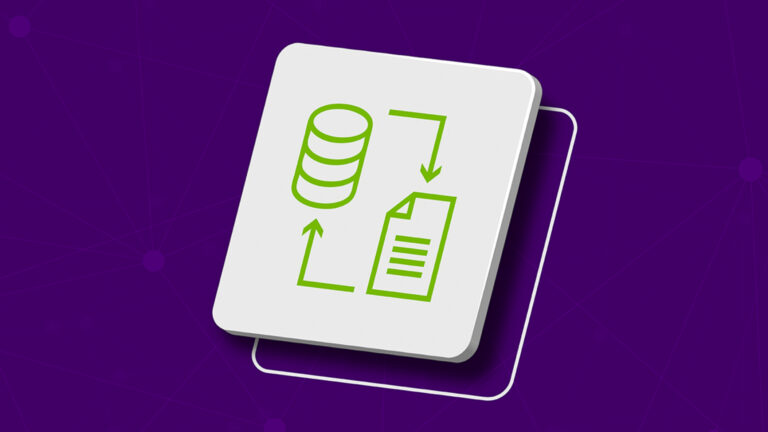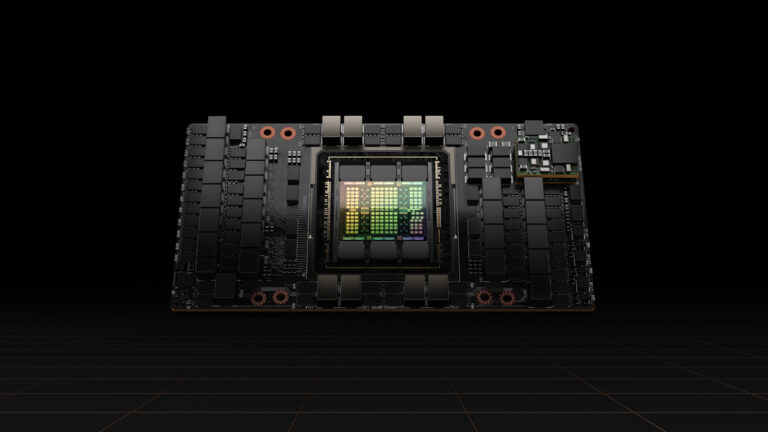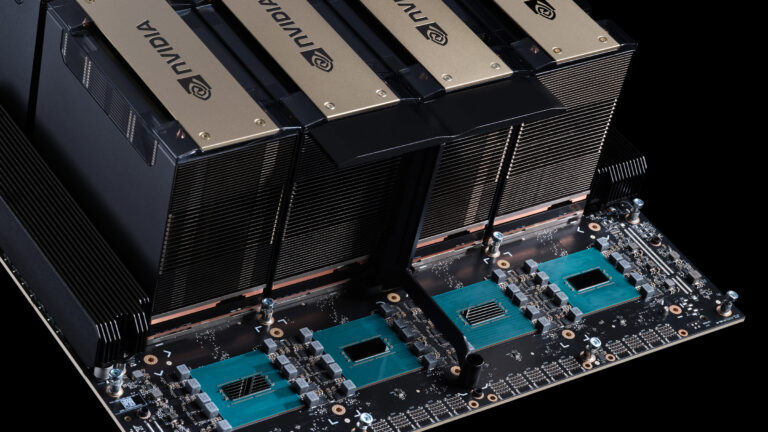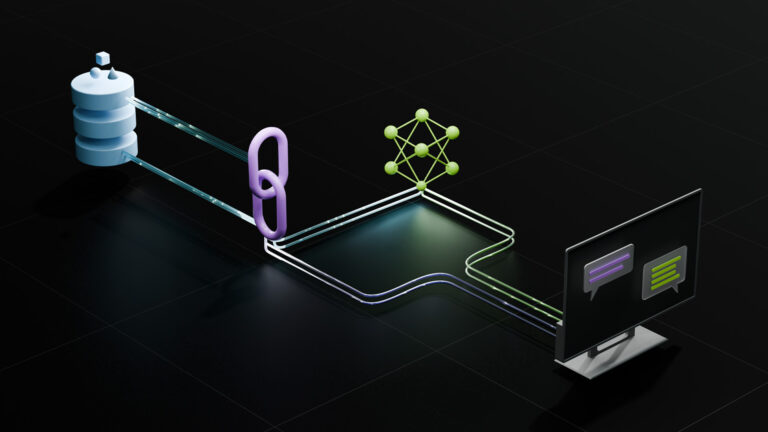
NVIDIA has achieved a world-record large language model (LLM) inference speed. A single NVIDIA DGX B200 node with eight NVIDIA Blackwell GPUs can achieve over 1,000 tokens per second (TPS) per user on the 400-billion-parameter Llama 4 Maverick model, the largest and most powerful model available in the Llama 4 collection. This speed was independently measured by the AI benchmarking service��
]]>
Curating high-quality pretraining datasets is critical for enterprise developers aiming to train state-of-the-art large language models (LLMs). To enable developers to build highly accurate LLMs, NVIDIA previously released Nemotron-CC, a 6.3-trillion-token English language Common Crawl (CC) dataset. Today, the NVIDIA NeMo Curator team is excited to share that the pipeline used to build the��
]]>
With emerging use cases such as digital humans, agents, podcasts, images, and video generation, generative AI is changing the way we interact with PCs. This paradigm shift calls for new ways of interfacing with and programming generative AI models. However, getting started can be daunting for PC developers and AI enthusiasts. Today, NVIDIA released a suite of NVIDIA NIM microservices on��
]]>
2024 was another landmark year for developers, researchers, and innovators working with NVIDIA technologies. From groundbreaking developments in AI inference to empowering open-source contributions, these blog posts highlight the breakthroughs that resonated most with our readers. NVIDIA NIM Offers Optimized Inference Microservices for Deploying AI Models at Scale Introduced in��
]]>
Meta recently released its Llama 3.2 series of vision language models (VLMs), which come in 11B parameter and 90B parameter variants. These models are multimodal, supporting both text and image inputs. In addition, Meta has launched text-only small language model (SLM) variants of Llama 3.2 with 1B and 3B parameters. NVIDIA has optimized the Llama 3.2 collection of models for great performance and��
]]>
As models grow larger and are trained on more data, they become more capable, making them more useful. To train these models quickly, more performance, delivered at data center scale, is required. The NVIDIA Blackwell platform, launched at GTC 2024 and now in full production, integrates seven types of chips: GPU, CPU, DPU, NVLink Switch chip, InfiniBand Switch, and Ethernet Switch.
]]>
In our previous blog post, we demonstrated how reusing the key-value (KV) cache by offloading it to CPU memory can accelerate time to first token (TTFT) by up to 14x on x86-based NVIDIA H100 Tensor Core GPUs and 28x on the NVIDIA GH200 Superchip. In this post, we shed light on KV cache reuse techniques and best practices that can drive even further TTFT speedups. LLM models are rapidly��
]]>
The continued growth of LLMs capability, fueled by increasing parameter counts and support for longer contexts, has led to their usage in a wide variety of applications, each with diverse deployment requirements. For example, a chatbot supports a small number of users at very low latencies for good interactivity. Meanwhile, synthetic data generation requires high throughput to process many items��
]]>
Llama 3.1 Nemotron 70B Reward model helps generate high-quality training data that aligns with human preferences for finance, retail, healthcare, scientific research, telecommunications, and sovereign AI.
]]>
Many of the most exciting applications of large language models (LLMs), such as interactive speech bots, coding co-pilots, and search, need to begin responding to user queries quickly to deliver positive user experiences. The time that it takes for an LLM to ingest a user prompt (and context, which can be sizable) and begin outputting a response is called time to first token (TTFT).
]]>
Today, NVIDIA released a unique language model that delivers an unmatched accuracy-efficiency performance. Llama 3.1-Nemotron-51B, derived from Meta��s Llama-3.1-70B, uses a novel neural architecture search (NAS) approach that results in a highly accurate and efficient model. The model fits on a single NVIDIA H100 GPU at high workloads, making it much more accessible and affordable.
]]>
As large language models (LLMs) continue to grow in size and complexity, multi-GPU compute is a must-have to deliver the low latency and high throughput that real-time generative AI applications demand. Performance depends both on the ability for the combined GPUs to process requests as ��one mighty GPU�� with ultra-fast GPU-to-GPU communication and advanced software able to take full��
]]>
The Llama 3.1 405B large language model (LLM), developed by Meta, is an open-source community model that delivers state-of-the-art performance and supports a variety of use cases. With 405 billion parameters and support for context lengths of up to 128K tokens, Llama 3.1 405B is also one of the most demanding LLMs to run. To deliver both low latency to optimize the user experience and high��
]]>
Meta��s Llama collection of large language models are the most popular foundation models in the open-source community today, supporting a variety of use cases. Millions of developers worldwide are building derivative models, and are integrating these into their applications. With Llama 3.1, Meta is launching a suite of large language models (LLMs) as well as a suite of trust and safety models��
]]>
Employing retrieval-augmented generation (RAG) is an effective strategy for ensuring large language model (LLM) responses are up-to-date and not hallucinated. While various retrieval strategies can improve the recall of documents for generation, there is no one-size-fits-all approach. The retrieval pipeline depends on your data, from hyperparameters like the chunk size��
]]>
Synthetic data isn��t about creating new information. It��s about transforming existing information to create different variants. For over a decade, synthetic data has been used to improve model accuracy across the board��whether it is transforming images to improve object detection models, strengthening fraudulent credit card detection, or improving BERT models for QA. What��s new?
]]>
We��re excited to announce support for the Meta Llama 3 family of models in NVIDIA TensorRT-LLM, accelerating and optimizing your LLM inference performance. You can immediately try Llama 3 8B and Llama 3 70B��the first models in the series��through a browser user interface. Or, through API endpoints running on a fully accelerated NVIDIA stack from the NVIDIA API catalog, where Llama 3 is packaged as��
]]>